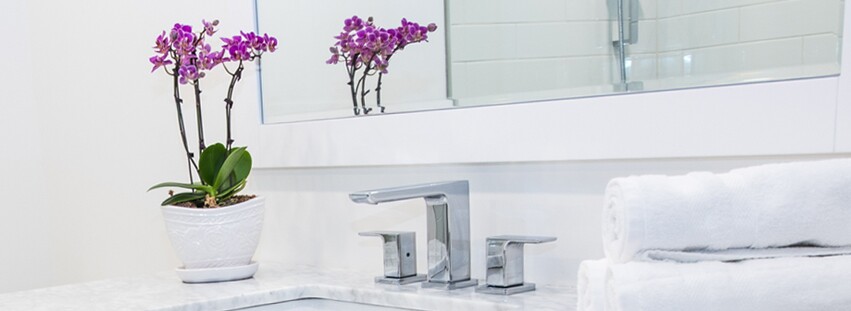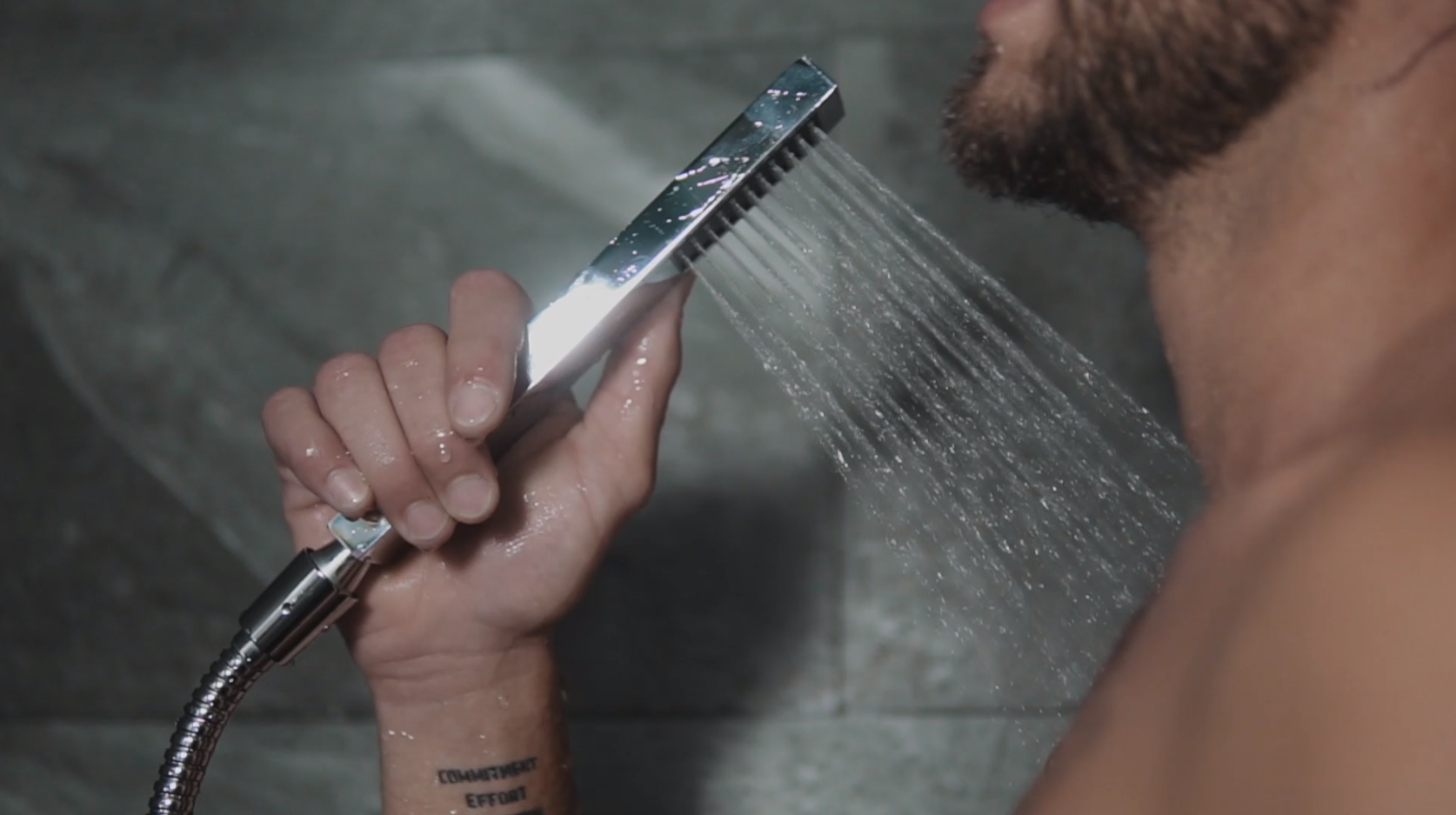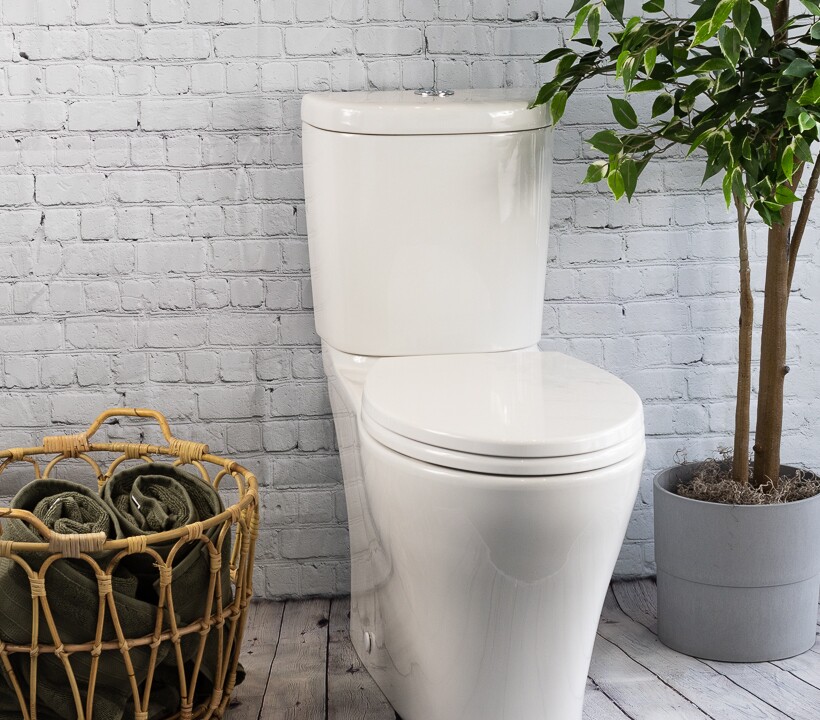- Resources
- Insider Tips
- Design is allowing the retired community to live at home longer
Design is allowing the retired community to live at home longer

Because baby boomers are not only outliving previous generations but are remaining in good health for longer than ever before, it is important to provide aging solutions that remain beautiful, functional and efficient.
By the year 2030 all baby boomers will be over 65, expanding the size of the older population so that 1 in every 5 residents will be of retirement age. As this very large demographic ages it is more important than ever to think about the future livability of homes. For the first time we are looking at a large generation that will be enjoying lengthy retirements and their primary concern will be keeping their independence and quality of life for as long as possible. As a society we need to ensure that our loved ones can enjoy living in their homes for as long and as safely as possible. More than that, the beauty and flexibility of universal design makes it easier to acknowledge that aging is inevitable and when building or renovating future, as well as current needs should be important considerations.
Because baby boomers are not only outliving previous generations but are remaining in good health for longer than ever before, it is important to provide aging solutions that remain beautiful, functional and efficient. Design teams have turned their attention to solving the challenging problem of supporting homeowners through all of their major life milestones - serving the needs of growing families while supporting homeowners as they age or incur physical limitations. Universal design encompasses the needs of the many, making homes and communities inclusive for all. Creating inclusive homes is also a good investment because the greater the demand for a home, the more valuable it will be in the marketplace.

There was a time when designs and products for the aging and disabled sacrificed beauty for functionality. As designing for universal needs becomes the norm, homes will be able to accommodate the changing needs of all occupants, whether completely able bodied, aging or disabled, and will do so with the same design flair available to all. Read below for some simple and beautiful updates you can make to your bathroom in order to make it more accessible for children, the elderly and the disabled, without sacrificing style.
Bathing
Let’s talk about one of the primary areas of concern for aging individuals; bathing. Look at the beautiful showers being featured in design magazines and luxury homes right now. They tend to have large, walk in showers with hand held shower wands, often featuring towers with adjustable showerhead height and even benches for safe seating. Beautiful, functional design for the luxury home is already so close to universal design, with a few minor changes, you will have future proofed the environment.
When installing the shower mentioned above, you simply would have to add a secure grab bar to make the already well-appointed shower suitable for someone with lessening strength, balance issues or disabilities. If you are considering a renovation or are building a new home, it’s a perfect time to install these features right from the start. Don’t wait until someone in the home ‘needs’ the grab bar. It is an excellent safety feature for everyone and they are no longer the utilitarian, ugly items of the past. Newly designed bars are beautiful additions to the shower environment, perfectly complementing the aesthetic.

Handheld Showers
At a base level, everyone should be installing a handheld component as part of their shower system! They make cleaning the shower a breeze and are beyond useful for bathing children and even pets. Great handheld systems are available at very reasonable pricing and it is one of the best investments you can make! Of course, some may want to go the extra step of installing a walk-in bathtub to allow elderly or disabled people the ability to bathe rather than shower, but that is a matter of personal taste. If the shower is designed to meet the needs of all, changes to a person’s abilities will not necessitate a change of homes or a significant and costly upgrade.
Easy Height Toilets
Years ago there was a huge price difference between standard height toilets and Easy Height (or heights acceptable for those with disabilities). That isn’t the case anymore. The population is getting taller and higher toilets are simply more comfortable for most people - particularly those 6’ and taller. They are also much easier to access for elderly people and easier to transfer to for those in wheelchairs. These days, it’s really hard to make a case for buying a standard height toilet for anyone other than a child. Again, while renovating the wise choice is to purchase an Easy height product and why not install an attractive grab bar beside the toilet at the same time?

There is much more to universal building codes and they should all be researched and explored. But whether you believe in future proofing your home or not, Universal Design is already worked seamlessly into great bathroom design! Think beautiful, functional and inclusive! These guiding design pillars will ensure the ultimate in flexibility within your home, allowing you to make the choice of when and if you want to leave. Check out our quick list of simple ways to add universal design to your home, today.
Simple Changes to Add Universal Design to Your Home Checklist:
Remove carpets to prevent falls
Install light switches at the top and bottom of stair cases
Increase room brightness for better vision
Add no slip strips to floor surfaces that can get slippery (especially when wet)
Add a grab bar in shower
Choose an Easy Height Toilet
Choose a shower system that includes a handheld shower
At a base level, everyone should be installing a handheld component as part of their shower system! They make cleaning the shower a breeze and are beyond useful for bathing children and even pets.

